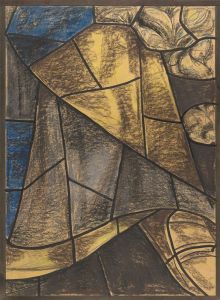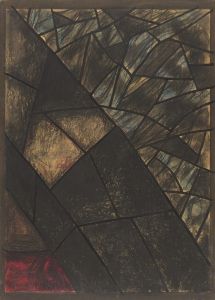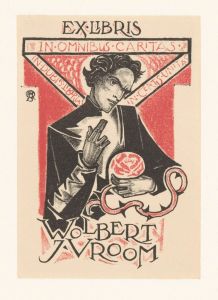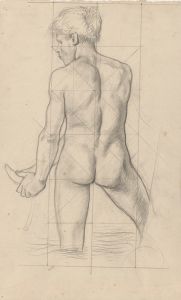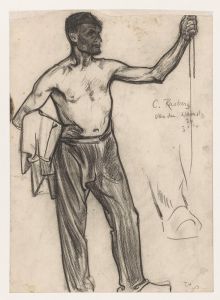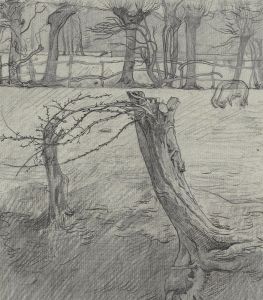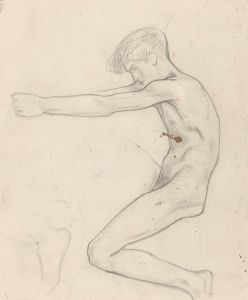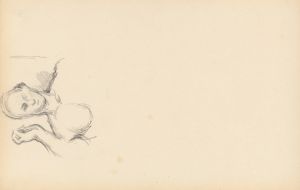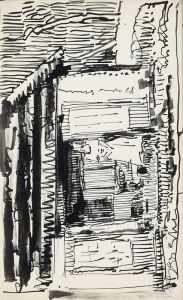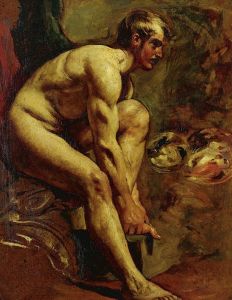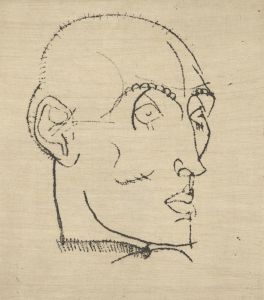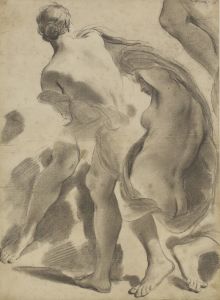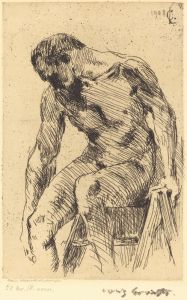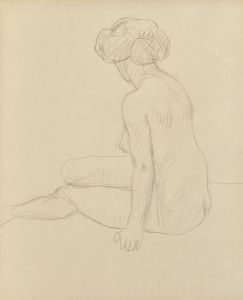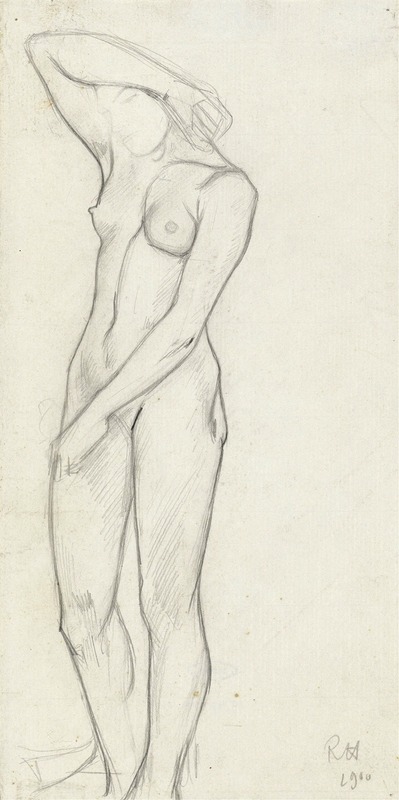
Staande naakte vrouw
A hand-painted replica of Richard Nicolaüs Roland Holst’s masterpiece Staande naakte vrouw, meticulously crafted by professional artists to capture the true essence of the original. Each piece is created with museum-quality canvas and rare mineral pigments, carefully painted by experienced artists with delicate brushstrokes and rich, layered colors to perfectly recreate the texture of the original artwork. Unlike machine-printed reproductions, this hand-painted version brings the painting to life, infused with the artist’s emotions and skill in every stroke. Whether for personal collection or home decoration, it instantly elevates the artistic atmosphere of any space.
Richard Nicolaüs Roland Holst was a Dutch artist known for his contributions to the Symbolist movement and his involvement in the arts and crafts movement in the Netherlands. Born on December 4, 1868, in Amsterdam, Holst was a prominent figure in the Dutch art scene during the late 19th and early 20th centuries. He was not only a painter but also a designer and an influential art teacher.
One of his works, "Staande naakte vrouw" (Standing Nude Woman), reflects his artistic style and interests. While specific details about this particular painting are limited, it is consistent with Holst's broader body of work, which often included allegorical and symbolic themes. Holst's paintings frequently explored the human form, and he was known for his ability to convey emotion and narrative through his depictions of figures.
Holst studied at the Rijksakademie van Beeldende Kunsten in Amsterdam, where he was influenced by the prevailing artistic trends of the time, including Symbolism and the Arts and Crafts movement. These movements emphasized the importance of beauty, craftsmanship, and the symbolic representation of ideas, which can be seen in his approach to art.
Throughout his career, Holst was associated with various artistic and literary circles. He was married to Henriette Roland Holst, a well-known poet and socialist, and together they were part of a vibrant intellectual community. This environment likely influenced Holst's artistic output, as he was surrounded by discussions on art, politics, and society.
Holst's work, including "Staande naakte vrouw," often features a careful attention to detail and a focus on the expressive potential of the human body. His paintings are characterized by their use of soft, muted colors and a delicate handling of light and shadow, which contribute to the overall mood and atmosphere of his compositions.
In addition to his work as a painter, Holst was a respected teacher and served as a professor at the Rijksakademie. He was dedicated to nurturing the next generation of artists and was known for his commitment to artistic education. His influence extended beyond his own work, as he played a significant role in shaping the artistic landscape of the Netherlands during his lifetime.
Holst's contributions to art were recognized during his lifetime, and he received several awards and honors for his work. His legacy continues to be appreciated by art historians and enthusiasts who study his contributions to Dutch art and his role in the broader context of European Symbolism.
While specific information about "Staande naakte vrouw" is limited, it is representative of Richard Nicolaüs Roland Holst's artistic vision and his dedication to exploring the human form and its expressive possibilities. His work remains an important part of the Dutch artistic heritage, reflecting the cultural and intellectual currents of his time.





